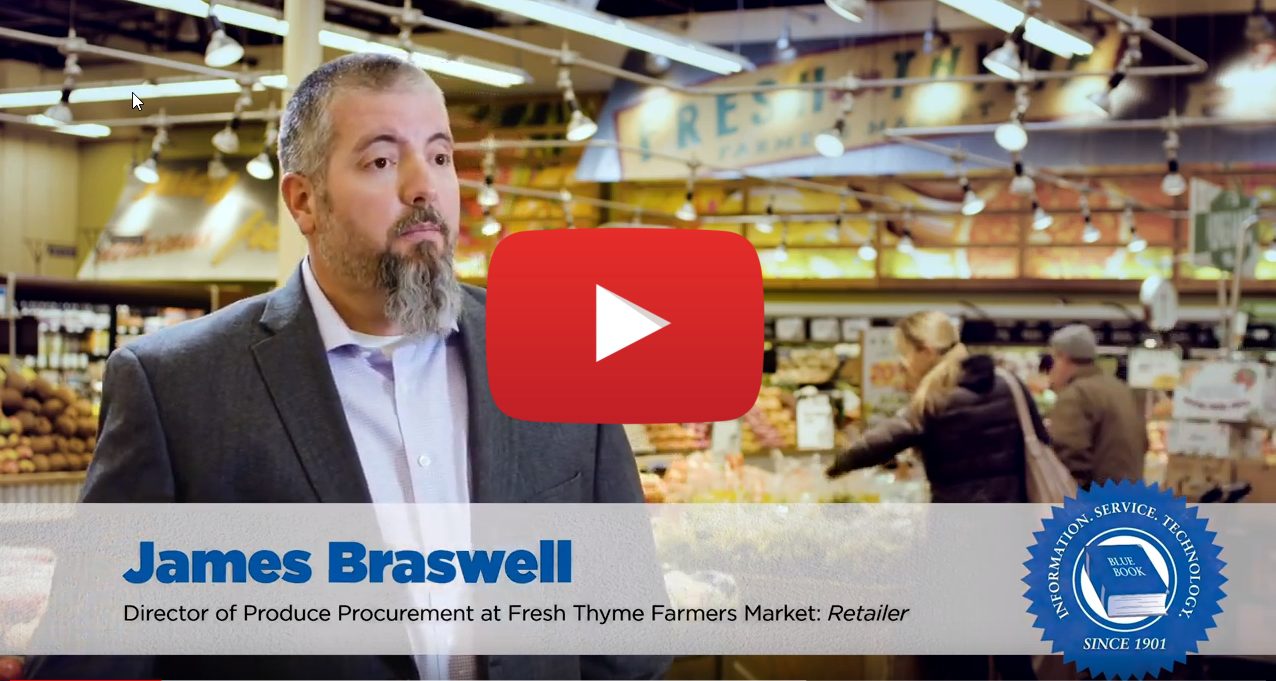Taking another angle on better serving customers, Trader Joe’s is working on an entirely different endeavor.
It’s partnering with Orlando, FL-based indoor vertical farming company Kalera to offer three varieties of sustainably grown greens—crunch, butter, and frisée—at 40 locations in Texas. The hydroponic produce, which Kalera touts as ultra-clean and non-GMO, is grown in the company’s Houston facility.
Still another grocery retailer showing its commitment to Texas is Whole Foods Market, which is based in Austin. The company broke ground on a five-story expansion to its corporate headquarters in 2018. The $38 million project added 144,000 square feet.
Large or small, Gary Huddleston, a grocery industry consultant for the Texas Retailers Association, is not surprised by the innovations, improvements, and expansions that grocery chains in Texas are making.
“Grocers have been creative and innovative for years,” he points out. “They’ve been leaders in technology with ordering systems, home delivery, ordering online and pickup at the store, and self-checkout.”
He notes that through the years grocers have also provided value to customers through such marketing efforts as Green Stamps and Top Value Stamps, which evolved into newspaper coupons and later to digital coupons.
Grocers promote their businesses and also serve their communities. One example is Kroger which, in 2021, announced a five-year, $250,000 financial commitment to support the food pantry at the University of North Texas (UNT) in Denton.
Besides supporting the community, the effort also has benefits for a grocer looking to reduce waste.
“Grocers are always looking for ways to reduce food waste or shrink. Supporting food rescue plans like the pantry at UNT and other food bank programs are examples,” Huddleston says.
The 2020 National Retail Security Survey reported that shrink was at an all-time high, accounting for 1.62 percent of a retailer’s bottom line and costing the industry $61.7 billion.
Prior to the economic downturn caused by the pandemic, total shrink consumed 3.1 percent of a typical grocer’s revenue, much higher than any other retail sector according to FMI, the Food Industry Association.
This is an excerpt from the Texas supplement in the March/April 2023 issue of Produce Blueprints Magazine. Click here to read the whole supplement.



